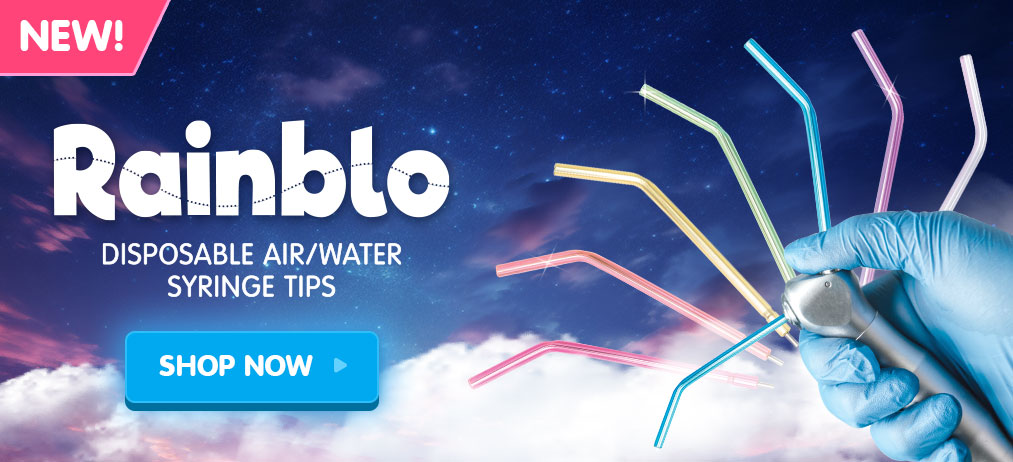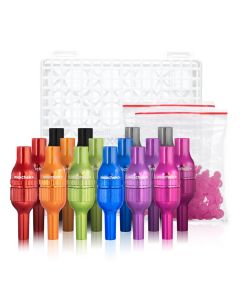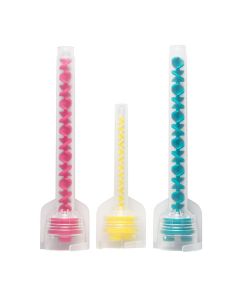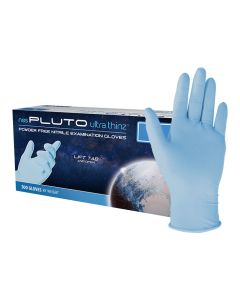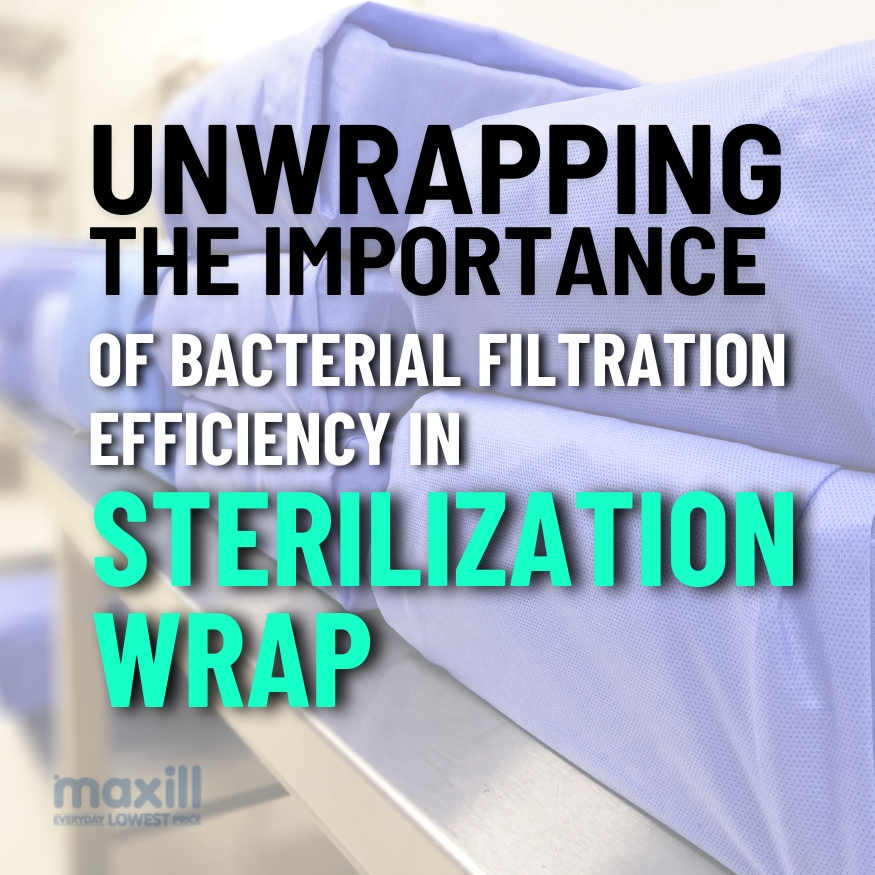Featured Products
EPA Registered Wipes
mycolio Disinfectant Wipes are on the EPA's List N of Disinfectants for COVID-19.
Learn MoreCOVID Resources
Visit our COVID Resource page for a collection of resources to help navigate new regulations.
Learn MoreRecent Blog Posts
-
Posted: April 26, 2024Read more »
Xerostomia, commonly known as dry mouth, occurs when the salivary glands in the mouth do not produce enough saliva to keep the mouth moist. This lack of saliva can lead to discomfort, difficulty speaking and swallowing, and an increased risk of oral health issues such as tooth decay and gum disease. Aging, medications, and medical conditions can also contribute to dry mouth. Assessing the reasons for xerostomia by a thorough medical history and examination will aid us in determining possible interventions to ease and manage the manifestations of the syndrome for our patients.
Function of Saliva
Saliva serves many purposes; it lubricates food and tissues, dilutes and clears sugars, protects tissues, clears dietary acids through swallowing, neutralizes and buffers acids, and balances the demineralization-remineralization process of teeth.
-
Posted: April 19, 2024Read more »
Dental offices have become a prime target for security breaches and cyber-attacks in today's digital world. Once held securely in paper records, patient information is now vulnerable to hackers who can access sensitive data with a few keystrokes. To combat this growing threat, dental offices must proactively protect patient information and comply with the Health Insurance Portability and Accountability Act (HIPAA) regulations. Performing a comprehensive security risk analysis is a crucial step in safeguarding patient data and maintaining the trust of patients.
One of the first things dental offices need to do to protect patient information is to conduct a thorough security risk analysis. This process involves identifying and assessing potential vulnerabilities within the dental office's infrastructure, policies, and procedures. By performing a comprehensive
-
Posted: April 12, 2024Read more »
Bacterial Filtration Efficiency (BFE) is a measure used to evaluate the effectiveness of material at filtering out bacteria from a liquid or aerosolized solution. It’s often used in the context of healthcare settings, including dental offices, to assess the performance of sterilization wraps.
In dental offices, Infection Prevention and Control (IPAC) protocols are critical for maintaining a safe and sterile environment for patients and staff. Sterilization wraps are used to cover instruments and equipment to prevent contamination and ensure the remain sterile until use.
The BFE of sterilization wraps indicates how well the material can filter out bacteria, which is crucial for preventing the transmission of infectious agents during dental procedures. Higher BFE values signify better filtration efficiency, meaning the wrap is more effective at preventing bacterial contamination.
-
Posted: April 05, 2024Categories: IPAC Compliance , Personal Protection and Safety , Infection Control , Dental Hygiene , ProfessionalRead more »
Spaulding’s classifications are a system used to categorize medical devices and equipment based on the risk of infection associated with their use. This system was created by Dr. Earle H. Spaulding in the mid-20th century and has since become a standard in healthcare settings, including dental offices. There are three main classifications in the Spaulding system: critical, semi-critical, and non-critical.
Critical items are those that come into contact with sterile tissue or the vascular system, posing the highest risk of infection if contaminated. In a dental office, critical items may include surgical instruments like scalpels and forceps. These items must be sterilized after each use to eliminate any potential pathogens.
Semi-critical items are those that come into contact with mucous membranes or non-intact skin but d









